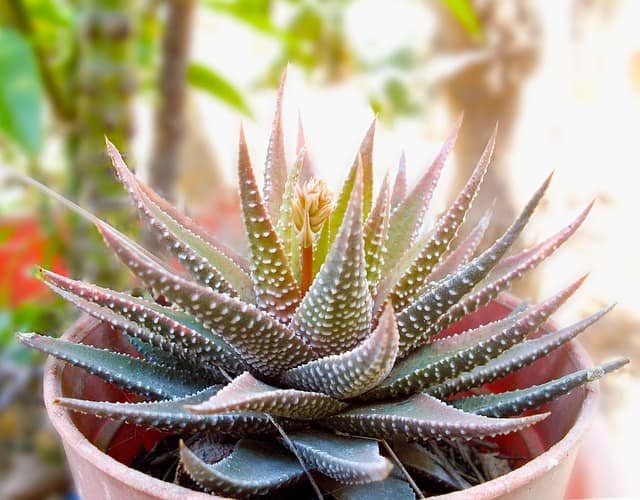Zebra plants are a popular houseplant known for their striking foliage and ease of care. However, if you notice your zebra plant’s leaves drooping, it could be a sign of an underlying issue. Drooping leaves can be caused by a variety of factors, including underwatering, overwatering, and inadequate lighting conditions.
To revive a drooping zebra plant, it is important to first understand the plant’s ideal conditions. Zebra plants thrive in bright, indirect light and require well-draining soil that is kept moist but not waterlogged.
Watering zebra plants can be tricky, as they require consistent moisture but can suffer from root rot if overwatered. Additionally, zebra plants benefit from regular feeding and occasional pruning to maintain their shape and health.
Key Takeaways
- Drooping leaves on a zebra plant can be caused by underwatering, overwatering, or inadequate lighting conditions.
- Zebra plants thrive in bright, indirect light and require well-draining soil that is kept moist but not waterlogged.
- Proper watering, feeding, and pruning can help maintain the health and appearance of a zebra plant.
Check out these other related posts:
Understanding the Zebra Plant
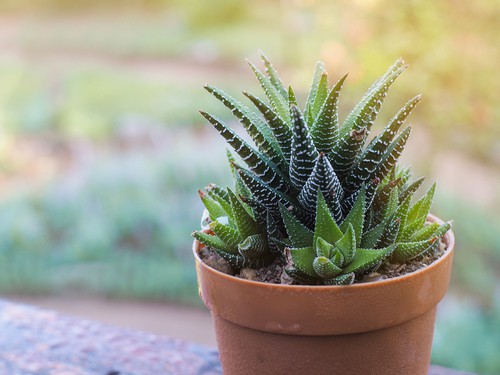
The zebra plant, scientifically known as Aphelandra squarrosa, is a tropical plant that is native to Brazil. It is a popular houseplant due to its striking appearance, which features bold, zebra-like stripes on its leaves.
The zebra plant is a relatively low-maintenance plant that can thrive in a variety of growing conditions. It prefers bright, indirect light and moist soil, but can tolerate some shade and occasional drying out.
The plant’s distinctive stripes are caused by the arrangement of pigments in the leaves. The stripes can vary in width and intensity, and some varieties of zebra plant may have more or less pronounced patterns.
While the zebra plant is generally a hardy plant, it can be susceptible to a few common problems. Overwatering can cause the plant’s leaves to droop and turn yellow, while underwatering can cause the leaves to dry out and drop off.
The plant can also be susceptible to pests such as spider mites and mealybugs, which can cause yellowing and wilting of the leaves.
Ideal Conditions for Zebra Plant
Zebra plants are tropical plants that thrive in warm temperatures and bright, indirect sunlight. They are native to Brazil and prefer a humid environment. In this section, we will discuss the ideal conditions for a zebra plant to thrive.
1. Lighting Conditions
Zebra plants need bright, indirect sunlight to grow well. Direct sunlight can scorch the leaves and cause them to wilt. If you have an east-facing window, that would be the perfect spot for your zebra plant. If you don’t have an east-facing window, you can still grow a zebra plant by placing it in a spot that receives bright, filtered light.
2. Temperature
Zebra plants prefer warm temperatures between 65 and 75 degrees Fahrenheit. They can tolerate temperatures as low as 60 degrees Fahrenheit, but anything below that can cause the leaves to droop. Make sure to keep your zebra plant away from cold drafts, such as near an open window or air conditioning unit.
3. Humidity
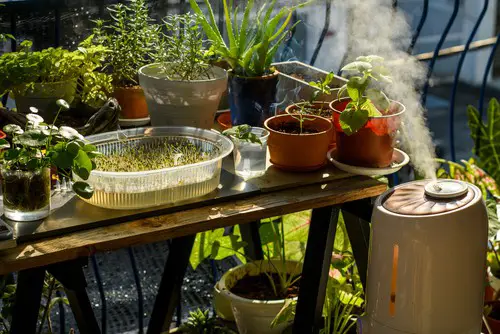
Zebra plants thrive in high humidity environments. If the air in your home is dry, you can increase the humidity around your zebra plant by using a humidifier or placing a tray of water near the plant. You can also mist the leaves with water once a day to help increase the humidity.
4. Watering
Zebra plants like to be kept consistently moist, but not wet. You should water your zebra plant once a week or when the top inch of soil feels dry to the touch. Overwatering can cause the roots to rot and the leaves to droop
Watering Zebra Plant
Watering is an essential aspect of caring for a zebra plant. Overwatering or underwatering can cause the plant to droop or develop other issues. Zebra plants need to be watered once a week or when the top inch of soil is dry to the touch.
It is important to check the moisture level of the soil before watering the plant. The easiest way to do this is to use the finger test. Stick your finger about an inch into the soil, and if it feels dry, it’s time to water the plant. If the soil feels moist, wait a few more days before checking again.
When watering a zebra plant, it is best to give the soil a thorough soaking until water starts to drip through the pot’s drainage holes. Try to avoid spilling water on the leaves as best you can. If you can, use soft filtered water at about room temperature. This is the closest thing to natural rainfall, which is what all plants love best.
It is important not to overwater a zebra plant, as it can lead to root rot and other issues. If the plant is waterlogged, it can develop “wet feet,” which can cause the leaves to droop. If the soil feels too wet, it’s best to let it dry out for a few days before watering the plant again.
Potting and Soil Requirements
When it comes to potting and soil requirements for a zebra plant, it is important to keep in mind that this plant thrives in well-draining soil. This means that the potting soil should be a well-draining mix that allows excess water to drain away from the roots.
Using a pot with drainage holes is also crucial for a healthy zebra plant. Without proper drainage, excess water can accumulate in the soil and lead to root rot, which can cause the plant to droop and eventually die.
If the zebra plant is already in a pot without drainage holes, it is recommended to repot it into a pot with drainage holes. This will help prevent overwatering and ensure that the plant has proper drainage.
When repotting a zebra plant, it is important to use a well-draining potting mix that consists of equal parts of perlite, peat moss, and vermiculite. This will provide the plant with the necessary nutrients and drainage it needs to thrive.
It is also important to note that zebra plants do not like to be overwatered. They prefer to be kept slightly moist, but not wet. It is recommended to water the plant when the top inch of soil feels dry to the touch.
Zebra Plant Care
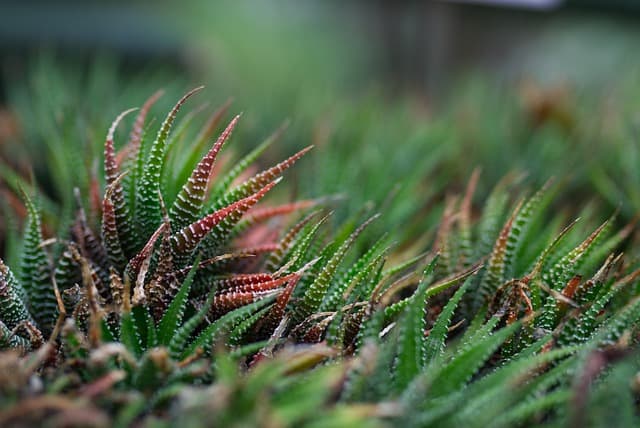
Zebra plants are a great addition to any houseplant collection. They are known for their stunning foliage and ease of care. However, like any plant, they need proper care to thrive. Here are some tips on how to care for your zebra plant.
1. Watering
Zebra plants need to be watered regularly but not overwatered. Overwatering can cause the roots to rot, which can be fatal for the plant. As a rule, zebra plants need to be watered once a week when actively growing (in spring and early summer).
During the winter months, they need less water. To check if the plant needs water, touch the top 1-2 inches of soil. If the soil is dry, it’s time to water the plant.
2. Light
Zebra plants need bright, indirect light. Direct sunlight can scorch their leaves, so it’s best to place them near a window with filtered light. If the plant is not getting enough light, it can cause the leaves to droop.
3. Humidity
Zebra plants thrive in high humidity, so misting the leaves with water can help keep them healthy. Alternatively, you can place the plant in a bathroom or greenhouse, where the humidity is naturally higher.
4. Temperature
Zebra plants prefer warm temperatures between 65-75°F (18-24°C). They can tolerate slightly cooler temperatures, but they should not be exposed to temperatures below 60°F (15°C).
5. Fertilizer
Zebra plants are not heavy feeders, so they don’t need to be fertilized often. You can fertilize them once a month during the growing season with a balanced fertilizer.
6. Pruning
Zebra plants can get leggy if they are not pruned regularly. You can prune the plant back to encourage new growth and to keep it looking full.
Feeding Your Zebra Plant
Zebra plants need regular feeding to thrive. Fertilizing your plant provides it with essential nutrients it needs to grow strong and healthy. Here are some tips on feeding your zebra plant:

What Kind of Fertilizer to Use
When it comes to fertilizing your zebra plant, a liquid houseplant fertilizer diluted to half the recommended strength is ideal. This will provide the necessary nutrients to your plant without overfeeding it. Avoid using fertilizers that contain too much nitrogen, as this can cause leaf burn and damage the roots.
How Often to Feed
Zebra plants should be fed once every 1-2 weeks during the spring and summer when they are actively growing. In the fall and winter, reduce feeding to once a month. Never apply fertilizer to dry soil, always make sure the soil is damp before feeding your plant.
Signs of Lack of Nutrients
If your zebra plant is not getting enough nutrients, it may show signs of stunted growth, yellowing leaves, or leaf drop. In severe cases, the plant may die. To avoid this, make sure to fertilize your zebra plant regularly.
Toxicity
Zebra plants are considered to be non-toxic to pets and humans. However, it is still important to follow the manufacturer’s instructions when using fertilizers and keep them out of reach of children and pets.
Drooping Zebra Plant – 5 Common Problems
Zebra plants are generally easy to care for, but they can still experience problems that cause their foliage to wilt or droop. Here are some common issues that zebra plant owners may encounter, along with tips on how to fix them.
1. Underwatered Zebra Plant
If a zebra plant is not getting enough water, its leaves will start to droop. To fix this problem, water the plant about once a week or when the top inch of soil is dry to the touch. Make sure to water the plant thoroughly until water drains out of the bottom of the pot.
2. Lack of Oxygen
Zebra plants require well-draining soil to prevent root rot and ensure that the roots receive enough oxygen. If the soil is too compacted, the roots may not be able to breathe properly. To fix this problem, repot the plant in fresh soil and make sure that the pot has drainage holes.
3. Soggy Soil and Root Rot
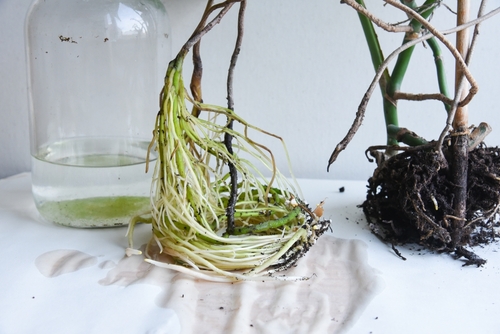
Overwatering can also cause problems for zebra plants. If the soil is constantly wet, the roots can become waterlogged and begin to rot. To fix this problem, allow the soil to dry out between waterings. If the plant has already developed root rot, it may be necessary to repot it in fresh, well-draining soil.
4. Cold Temperatures
Zebra plants prefer temperatures between 60 and 75 degrees Fahrenheit. If the plant is exposed to temperatures below 50 degrees, its leaves may start to droop. To fix this problem, move the plant to a warmer location.
5. Calathea Zebrina
Zebra plants are often confused with Calathea Zebrina, which is a different species of plant. Calathea Zebrina requires more humidity than zebra plants and may droop if the air is too dry. To fix this problem, mist the plant regularly or place a humidifier nearby.
Preventing Pests
Zebra plants are susceptible to pests like mealybugs and spider mites. Preventing pests is essential to keep the plant healthy. Here are some tips to prevent pests from infesting your zebra plant:
1. Inspect the plant regularly
Inspect the plant regularly for signs of pests. Check the undersides of the leaves, stems, and soil. Look for small white spots on the leaves, webbing, or a sticky residue on the plant. If you notice any signs of pests, take action immediately.
2. Isolate infected plants
If you notice that your zebra plant is infested with pests, isolate it from your other plants. This will help prevent the spread of pests to other plants in your collection.
3. Clean the plant
Regularly clean the plant by wiping the leaves with a damp cloth. This will help remove any dust or debris that may attract pests.
4. Use insecticidal soap
Insecticidal soap is an effective way to control pests on zebra plants. It works by suffocating the pests and is safe to use on most plants. Follow the instructions on the label carefully and apply the soap to the plant as directed.
4. Maintain a healthy environment
Maintaining a healthy environment for your zebra plant is essential to prevent pests from infesting it. Ensure that the plant is getting enough light, water, and nutrients. Avoid over watering the plant, as this can lead to root rot, which can attract pests.
6. Use neem oil
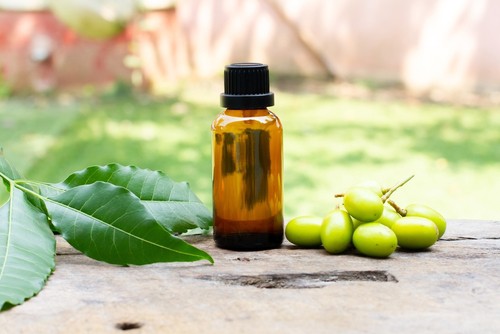
Neem oil is another effective way to control pests on zebra plants. It works by disrupting the pest’s life cycle and is safe to use on most plants. Follow the instructions on the label carefully and apply the oil to the plant as directed.
Propagation of Zebra Plant
Zebra plants are easy to propagate and can be done through stem cuttings. The best time to propagate is during the growing season in spring or summer when the plant is actively growing.
To propagate a zebra plant, select a healthy stem with at least two leaves. Cut the stem about 4-6 inches long, just below a node. Remove the bottom leaves, leaving only the top two. Dip the cut end in rooting hormone and plant it in a pot with well-draining soil.
Keep the soil moist but not soggy, and place the pot in a warm, bright location, but not in direct sunlight. Within a few weeks, you should see new growth, which indicates that the cutting has rooted.
Propagation can also be done through division. When the zebra plant becomes too large for its pot, it can be divided into smaller plants. Carefully remove the plant from its pot and gently separate the roots. Each section should have at least one stem and a healthy root system. Plant each section in a pot with well-draining soil and water thoroughly.
It’s important to note that zebra plants produce bracts, not flowers. The bracts are the colorful leaves that surround the small flowers. When propagating a zebra plant, it’s important to choose a stem with healthy bracts to ensure that the new plant will produce the same vibrant colors.
Frequently Asked Questions
How do you save a droopy zebra plant?
If your zebra plant’s leaves are drooping, it could be due to underwatering or overwatering. The first step is to check the soil moisture level. If the soil is dry, water the plant thoroughly and let the excess water drain out of the pot.
If the soil is wet, allow it to dry out before watering again. It’s important to avoid letting the plant sit in standing water, which can lead to root rot. Additionally, ensure that the plant is getting the right amount of light and humidity.
Why is my zebrina plant drooping?
There are several reasons why a zebrina plant (also known as a zebra plant) may be drooping. One common cause is underwatering, which can cause the leaves to wilt and droop.
Another possible cause is overwatering, which can lead to root rot and cause the plant to droop. Other factors that can cause a zebrina plant to droop include low humidity, low light, and pests or diseases.
How do I know if my zebra plant is overwatered?
If your zebra plant is overwatered, the leaves may turn yellow or brown and become soft and mushy. The plant may also start to droop or wilt, and the soil may have a sour smell.
To prevent overwatering, make sure the pot has good drainage and avoid watering the plant too frequently. Allow the soil to dry out slightly between waterings, and be sure to empty any excess water from the saucer underneath the pot.
How do you save a zebra plant?
To save a zebra plant that is struggling, start by identifying the cause of the problem. If the plant is drooping due to underwatering, water it thoroughly and adjust your watering schedule as needed.
If the plant is drooping due to overwatering, allow the soil to dry out before watering again and make sure the pot has good drainage. Other steps you can take to help your zebra plant recover include adjusting the light and humidity levels, removing any dead or damaged leaves, and fertilizing the plant with a balanced fertilizer.
What causes zebra plant leaves to curl?
Zebra plant leaves may curl due to a variety of factors, including low humidity, low light, pests, or diseases. In some cases, curling leaves may be a sign of overwatering or underwatering.
To determine the cause of the problem, check the soil moisture level, inspect the plant for pests or diseases, and adjust the light and humidity levels as needed.
What is the best fertilizer for a zebra plant?
A balanced fertilizer with equal amounts of nitrogen, phosphorus, and potassium is best for a zebra plant. Look for a fertilizer with an NPK ratio of 10-10-10 or 20-20-20, and follow the manufacturer’s instructions for application.
Fertilize your zebra plant once a month during the growing season (spring and summer), and reduce or stop fertilizing during the rest period (fall and winter).

Hey, I’m Lisa and I’ve been an avid gardener for over 30 years. I love writing, talking and living in the garden! Feel free to connect with me on my socials below

